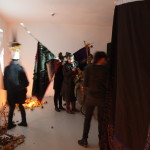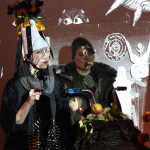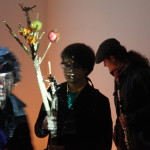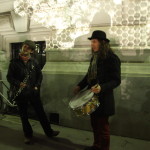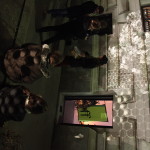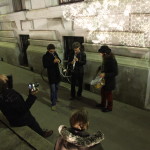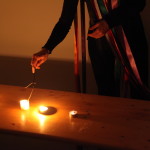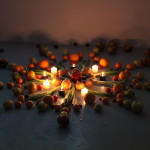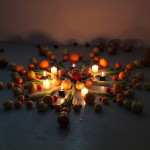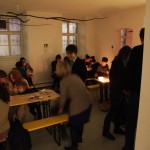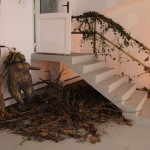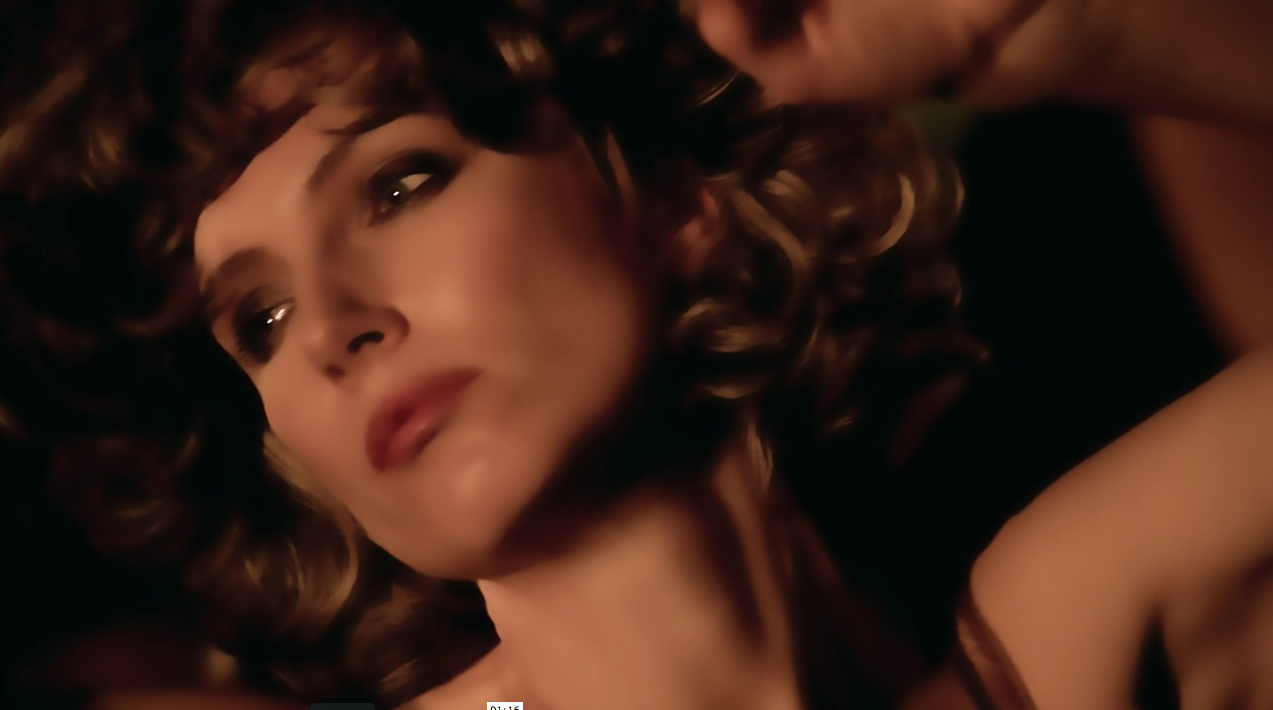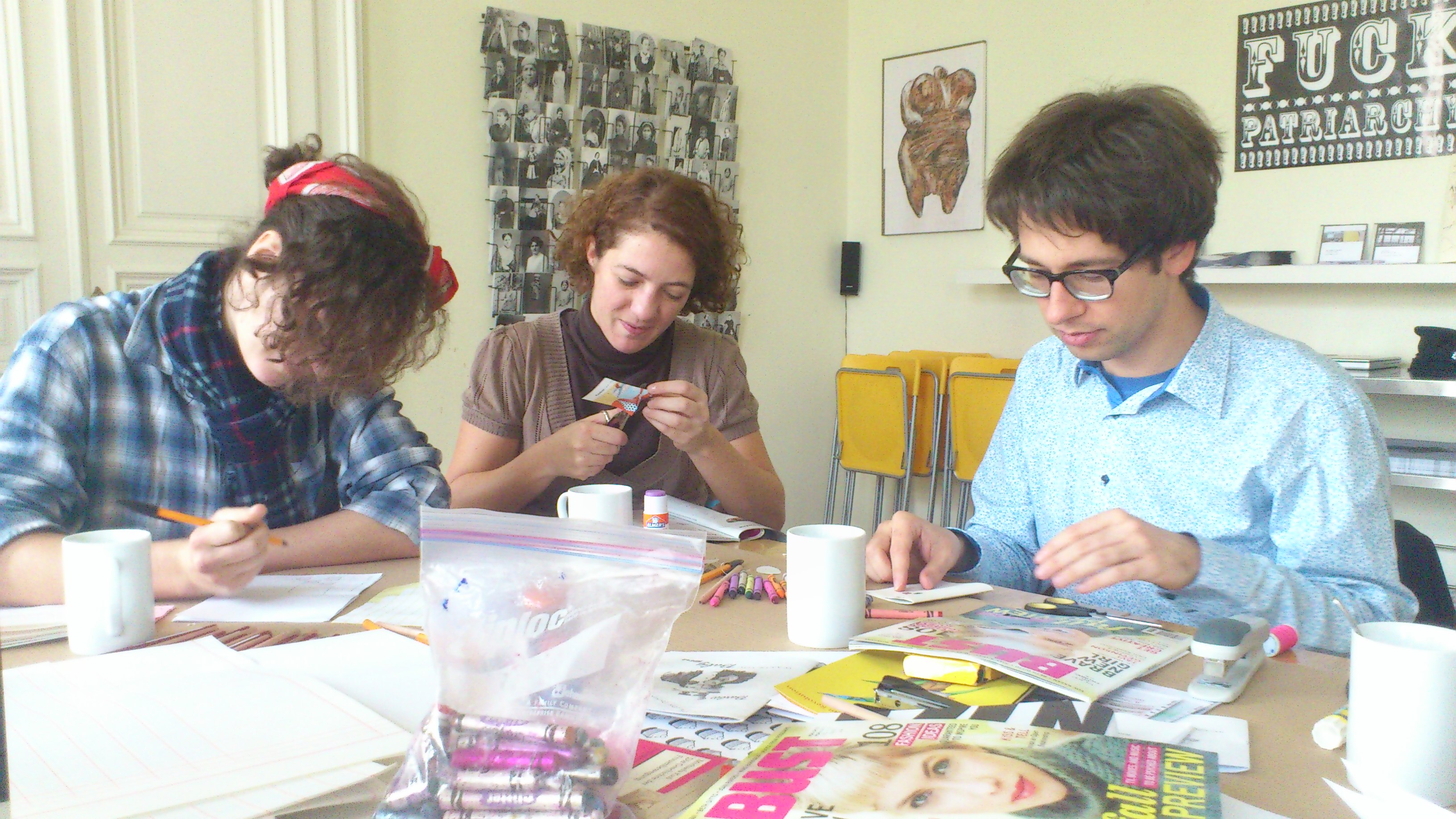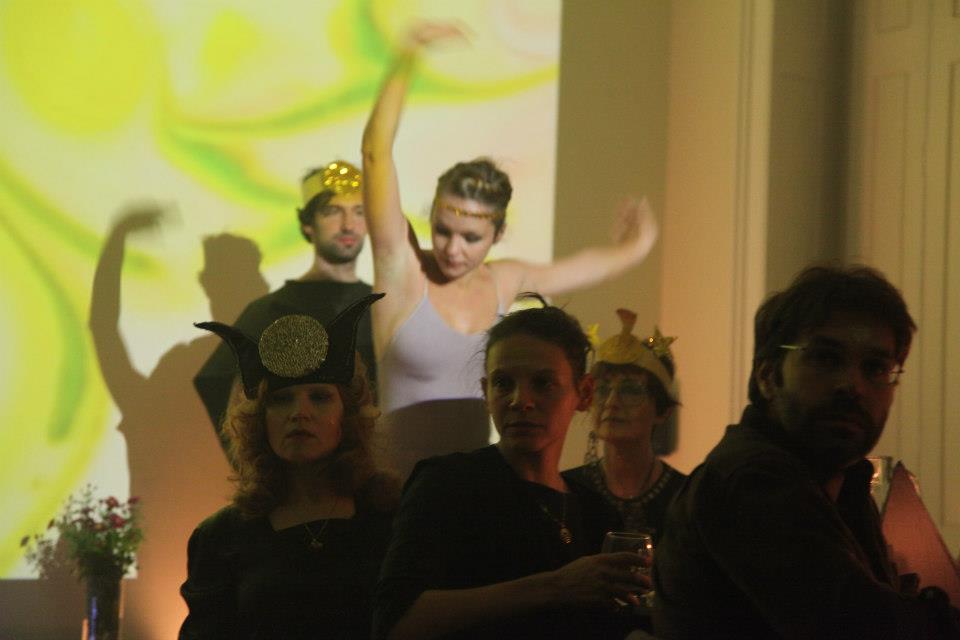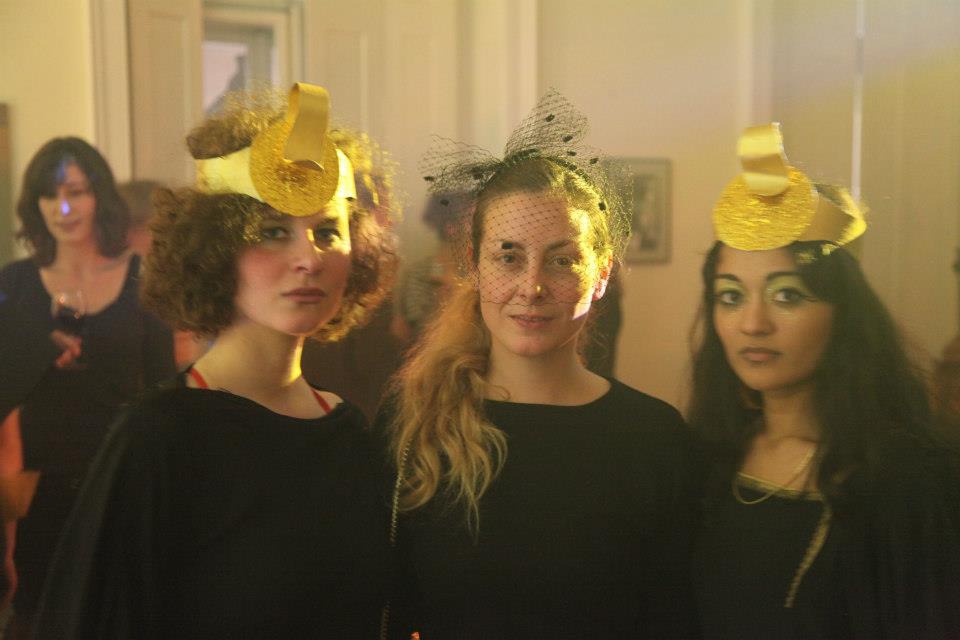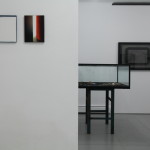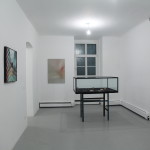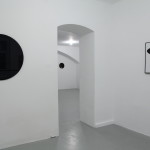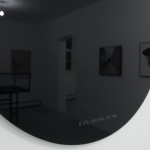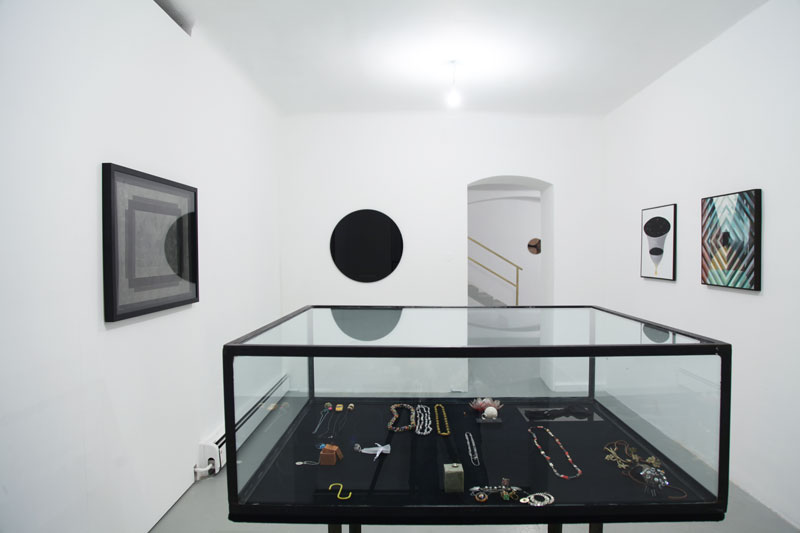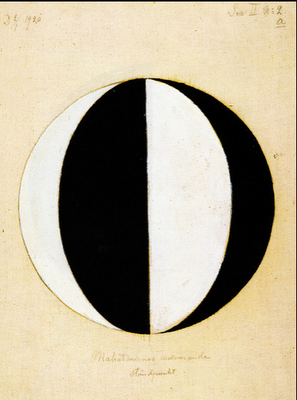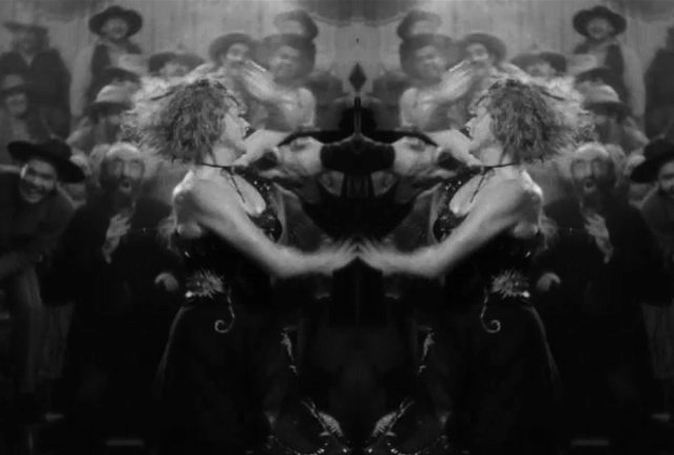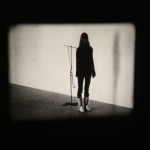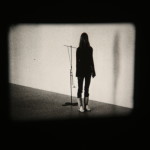• September – December: Temporary Autonomous Zone
ABOUT Temporäre Autonome Zone
The Temporäre Autonome Zone is an independent experimental exhibition platform produced by Lisa Ruyter with ff, a group of international women artists who meet regularly to collaborate on feminist projects. The Temporäre Autonome Zone, in practical terms, will have a festival format, comprising of performances, lectures, talks, workshops and film screenings. The nature of this project is collaborative, performative, pedagogic, necessary and non-commercial.
The Temporäre Autonome Zone is a frame for a living and evolving network of women artists. This network is formed around a constantly shifting discussion of contemporary feminist and participatory practices. Our views and approaches vary extremely. Some of us are focused on naming and identifying a specific methodology and some of us choose to develop a personal practice independent of such identification. Temporäre Autonome Zone is not the name of an exhibition, but a fluid, independent platform in which collaborative artistic production occurs in tandem with a search for a lived feminism. Production is not associated with commercial concerns, though our discussion may overlap with issues women artists have within a ‘marketplace.’
Artist Lisa Ruyter has invited ff to Vienna to develop this concept live, in collaboration with an extended network of Vienna-based artists, students, writers and curators. ff is a group of international artists who have been meeting weekly in Berlin for similar discussions. ff is Delia Gonzalez, Mathilde ter Heijne, Antje Majewski, Amy Patton, Katrin Plavcak, Jen Ray and Juliane Solmsdorf.
We will develop a variety of productions within the frames of an exhibition space, the city of Vienna, our limited resources, and a time period of about three months. The subject and content of the ‘exhibition’ is simply the productive results of a network of women artists. This network mediates our individual practices as well as our collaborative efforts. The highlight will be the chaotic and creative development of ideas from a living and breathing body of participants. Our research is not scientific, certainly many have made thorough studies of specific topics that we plan to approach. The point of our research is our need for discussion of an applied feminism allowing for diverse individual artistic practice by artists who happen to be women.

